Building an effective funnel: preparation, mistakes, conversion
A customer saw an ad, immediately went to your website and made a purchase right away. Why it doesn’t happen in reality and what could you do to make it happen?
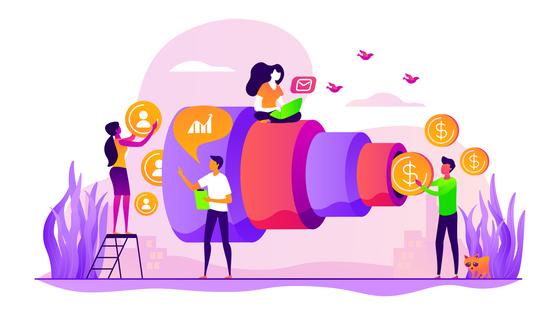
What is a sales funnel?
On your way to making a deal, you have many factors that reduce your ultimate number of customers. People who can hear about you and get interested in your product or service are at the top of this funnel. That is, they are your potential customers. By the middle of the funnel, their number is falling and those who remain have not only heard about you, but they also want your product. The bottom of the funnel is even more narrow - these are the customers who are interested in your product or service and make a purchase.
Your task is to make the funnel as wide as possible, thus reaching as many people as possible at the same time reducing the loss of customers in the final stage of the funnel (that is making a deal). Ideally, you should turn the funnel into a cylinder, which doesn't shrink in its base and go evenly.
The classic concept of the "sales funnel" was created more than 100 years ago by the American advertiser Elias Lewis, who came up with a simple funnel model with four stages:
- Attention
- Interest
- Desire
- Action
Its purpose
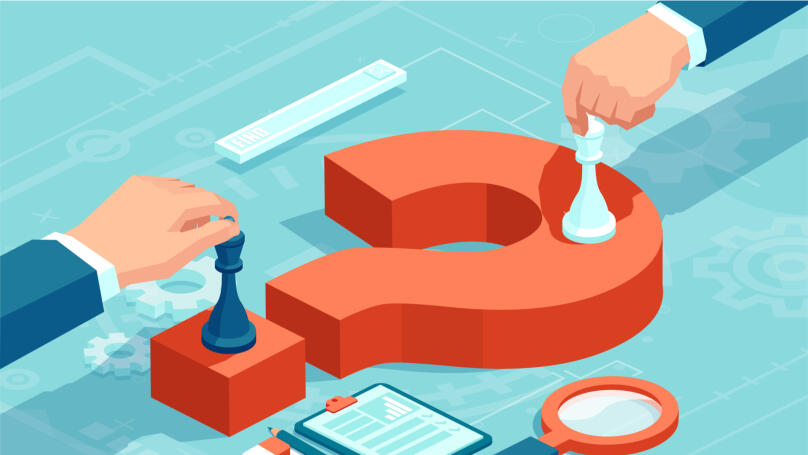
We need the sales funnel to determine the main stages of making a decision to buy and then build communication with the customer so we could take into account all their needs and desires on each of the stages.
Typically, the sales funnel consists of 5 stages:
- Ignorance
- Awareness
- Interest
- Desire
- Purchase
Alas, in the real world "spherical buyers in a vacuum" don't exist. Most often they go to buy non-linearly: they can lose interest and return to the previous stages, completely forget about your product or service, lose their ability to buy because of financial hardships and get off the funnel. Or, on the opposite, they can rush to buy, skipping all the stages of the funnel and immediately getting to the last stage.
Alas, in the real world "spherical buyers in a vacuum" don't exist. Most often they go to buy non-linearly: they can lose interest and return to the previous stages, completely forget about your product or service, lose their ability to buy because of financial hardships, and get off the funnel. Or, on the opposite, they can rush to buy, skipping all the stages of the funnel and immediately getting to the last loop.
Despite that, you still need to build a sales funnel - it is a marketing must-have that helps you understand a potential customer better, as well as find and fix possible problems that subtly reduce sales.
How to prepare a sales funnel
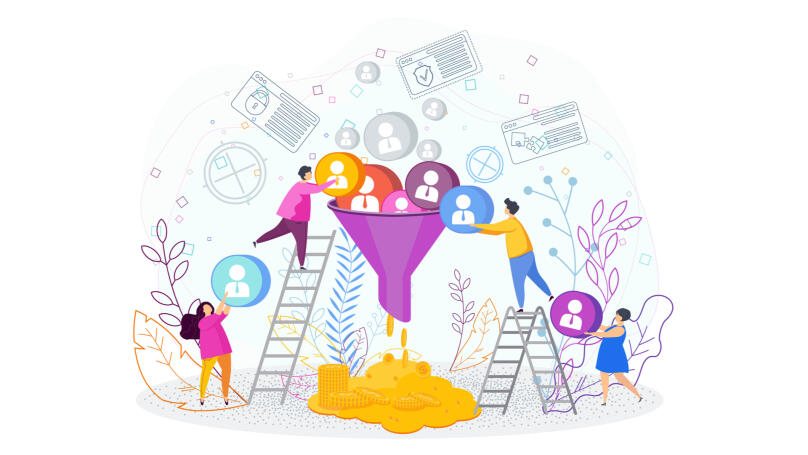
The structure of the classic funnel is as follows:
An advertisement on the social network → Landing Page → Adding the product to the shopping cart or making an order → Placing the order and paying for the item.
If the buyer is not interested in your product, you can create a widened sales funnel. Selling an expensive product or service, it is important to find a way to convince your website visitor to purchase something from you. This can be done with new ads, good discounts, and unique offers. For example:
An advertisement on the social network → Landing Page → Adding the product to the shopping cart or making an order → Turning down the purchase → Remarketing on the social network → The Landing Page with a unique offer → Adding the product to the shopping cart or making an order → Placing the order.
If your company's main marketing channel is social networks and useful content, then your sales funnel will be different also, namely:
Search query → The page with useful content (The landing page, a corporate blog, a community in a social network) → The invitation to subscribe (Pop-up notification on the website, call to action in the community) → Even more useful content → Preview of the products or services you have on your website → Adding products to your shopping cart or making an order → Placing the order and paying for the item → Further consuming the useful content on your website.
This sales funnel, although longer and more complex for the implementation, is still quite popular as the customer becomes more loyal to your brand and can come back to purchase again. Besides, regular customers usually spend a good amount of money on their purchases. So the substantial costs of marketing activity are counterbalanced by a high LTV customer.
Common mistakes
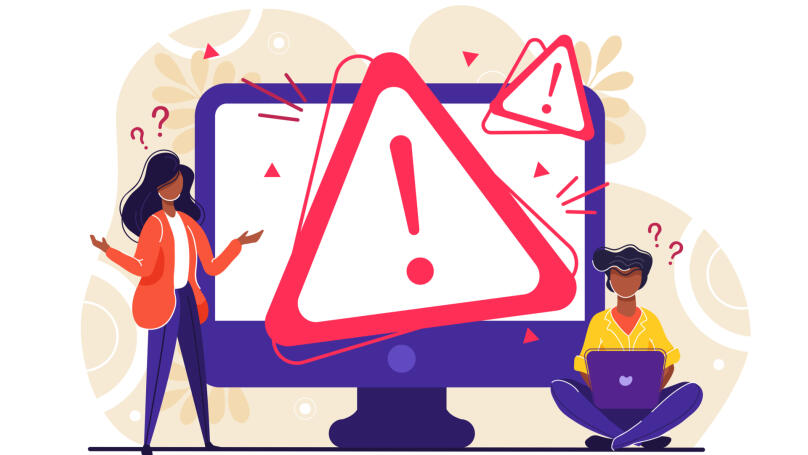
During the creation of the sales funnel, there are often mistakes that may add more steps before a purchase. Additionally, your funnel may initially contain extra steps, which you need to eliminate in order to drive a user to make a purchase as quickly as possible.
The more steps your client needs to take before performing targeted action, the more likely they will go to your competitor. Therefore, the priority is to simplify the funnel and, consequently, the buying process. But there is no need to be extreme and remove from your landing page all useful information! For example, the description of the return process, important characteristics of the product, differences from competitors must stay. If your customers don't find such information about the company or product, they will also leave you and go to a place where this information is easy to find. This is the reason why balance is always important.
Test usability of your website
UI- and UX-testing is necessary to maximize website optimization and create a positive user experience. Conversion to the sale may decrease if:
- There are invasive notifications or ads on the landing page.
- The call-to-action button (buy/subscribe/call) is not visible;
- The shopping cart is hard to notice or it is not on the landing page at all.
- The registration form for access to the directory and advanced features is very long or requires data that the visitor does not want to share.
If the customers can't understand how to order, find the needed information, or find fast enough the product interesting for them, then you will probably lose them.
Segment your audience
Divide users into different groups to show them special offers based on the data you collect about them from your website or other marketing channels. For example:
- Registered users will get special discounts or promotions "for participants";
- Visitors from contextual advertising will get to the landing with unique product benefits;
- Social media subscribers will see additional products and services or useful content that would increase their loyalty.
How to count conversion

To determine the effectiveness of your funnel, it's important to calculate the conversion. Conversion is the number of people who performed a targeted action.
The action differs, depending on the sales funnel phase, for example:
- Subscription to social media pages or newsletters;
- Visiting a specific page on the website;
- Receiving an application through a feedback form;
- Receiving a lead (coming to the website from an ad);
- Adding an item to the shopping cart
- Making a purchase.
Conversion at each stage of the funnel can be different. For example, 1000 people saw your contextual advertising and 500 people clicked on the banner and went to your website. In this case, you can calculate the ratio of impressions to clicks. If you set visiting your website as a goal, the conversion will be 50%. To increase conversion and get more leads, you need to select the audience and create advertising specifically for it.
Out of the 500 visitors who made it to the landing page, only 250 people added items to the shopping cart. This time, the conversion will be adding the product to the cart. In the end, only 50 people made the purchase. Adding an item to the shopping cart and its purchase is the conversion of the landing page, which is the ratio of targeted actions to the total number of visitors. Let's calculate the conversion:
50/250*100% = 20%
We can also calculate the conversion of those who saw the contextual advertising and bought the product:
50/1000*100% = 5%
Conversion gives you an understanding of how your marketing channels and landing page correspond to your business goals. By calculating it, you know how to make marketing channels work, and you see if the costs of selling your product or services are justified.
Sure, understanding how the funnel and conversion work doesn't come right away - it comes with experience. To speed up this process and build quickly an effective funnel for your business, you can take educational courses on this topic. For example, the Lectera course "Close the deal. 25 steps to take to increase conversion". It will teach you how to attract potential customers for online business, increase sales and the average check.
Knowing how to calculate conversion, how to improve the funnel, and what common mistakes to avoid, you can strengthen your marketing strategy and reduce the cost of attracting customers. It is important to remember that without a well-built funnel it will be difficult for you to analyze the effectiveness of advertising campaigns and you will have a risk of losing money. Make sure to create a sales funnel as early as possible - either by yourself or with a professional marketer.
Share this with your friends via:
Latest News

A significant stage in the development of the alternative education system has begun in West Northamptonshire in the UK: the County Council is actively calling on parents, guardians, and trustees to participate in shaping the future of this key area.

Outwoods Primary School in Atherstone, Warwickshire, having experienced deep sadness after the loss of their famous cat, Silla, has found solace in a new pet – a Maine Coon named Aloysius O’Hara.

In modern universities, artificial intelligence, and in particular ChatGPT, is rapidly transforming from a controversial tool into a full-fledged student assistant.

An innovative educational project is gaining momentum in UK primary schools, aiming to change attitudes towards video games.

The Massachusetts Institute of Technology (MIT) presents MIT Learn – a revolutionary online platform that opens a “new front door” to access university knowledge and resources.












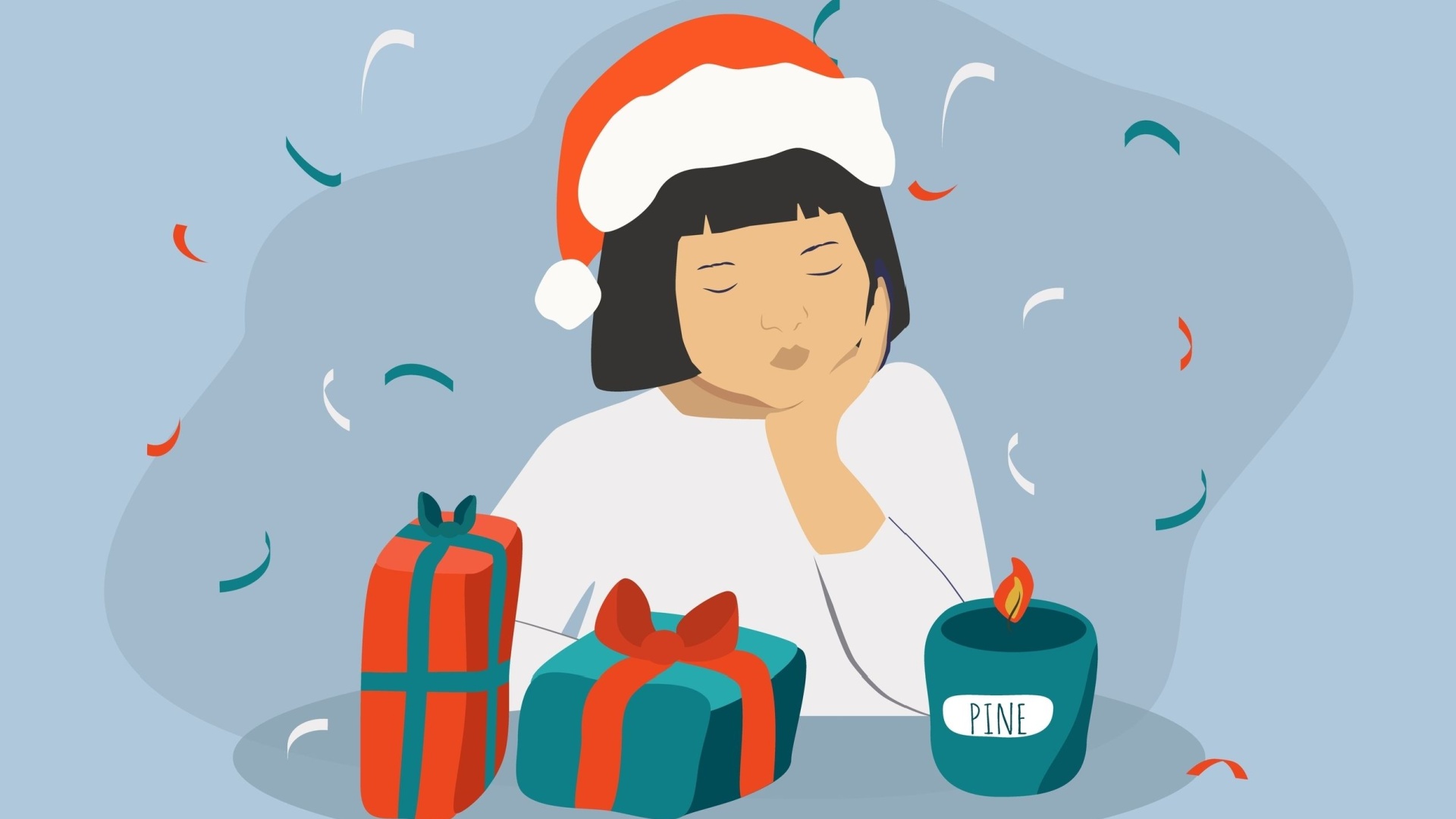 Life After the Holidays: How to Beat the Post-New Year Blues
Life After the Holidays: How to Beat the Post-New Year Blues
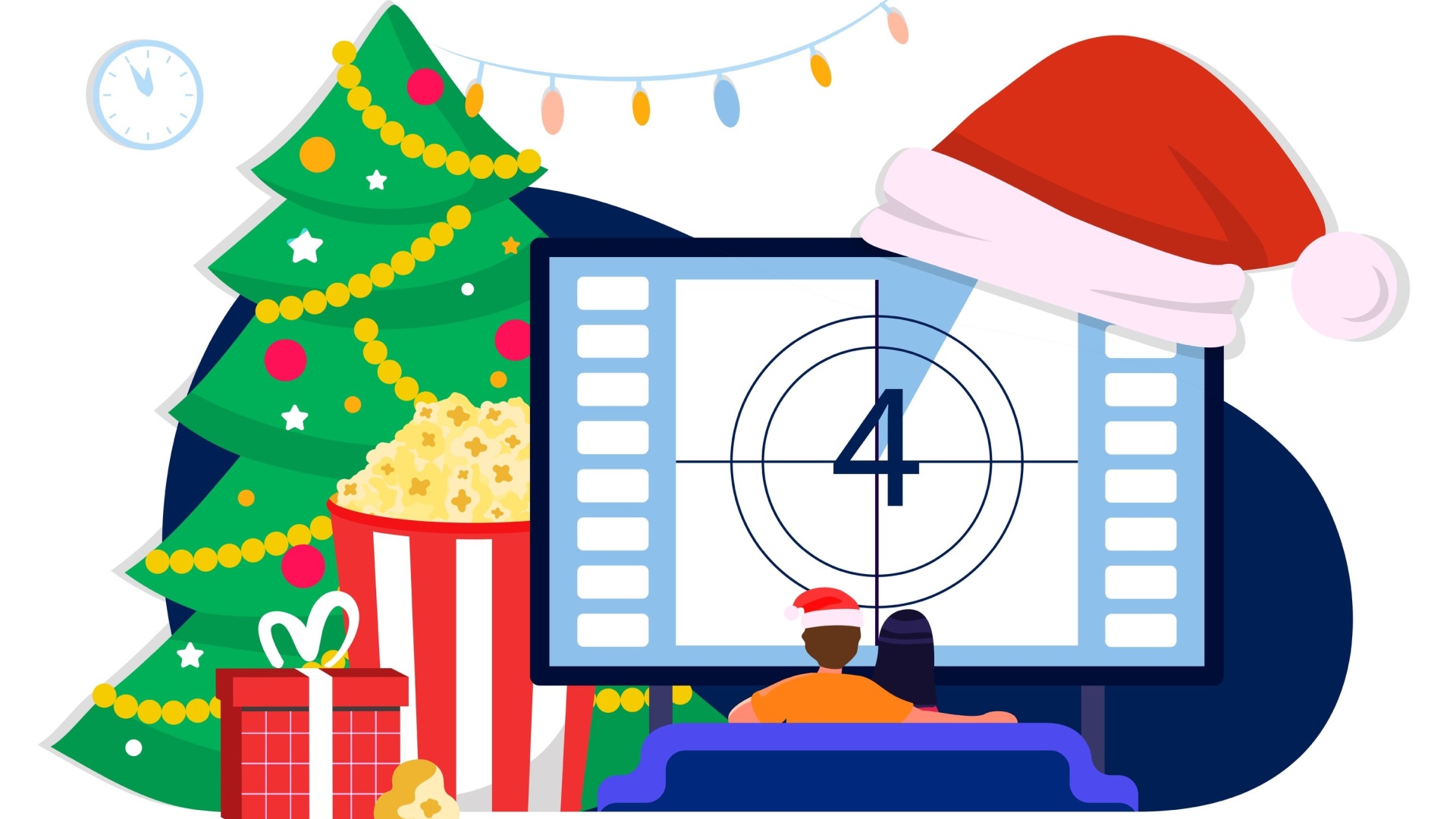 Which Christmas Movie Character Are You?
Which Christmas Movie Character Are You?
 Your New Year’s Forecast: What Awaits You in the New Year?
Your New Year’s Forecast: What Awaits You in the New Year?
 Test. What Career Goal Should You Set for Next Year?
Test. What Career Goal Should You Set for Next Year?
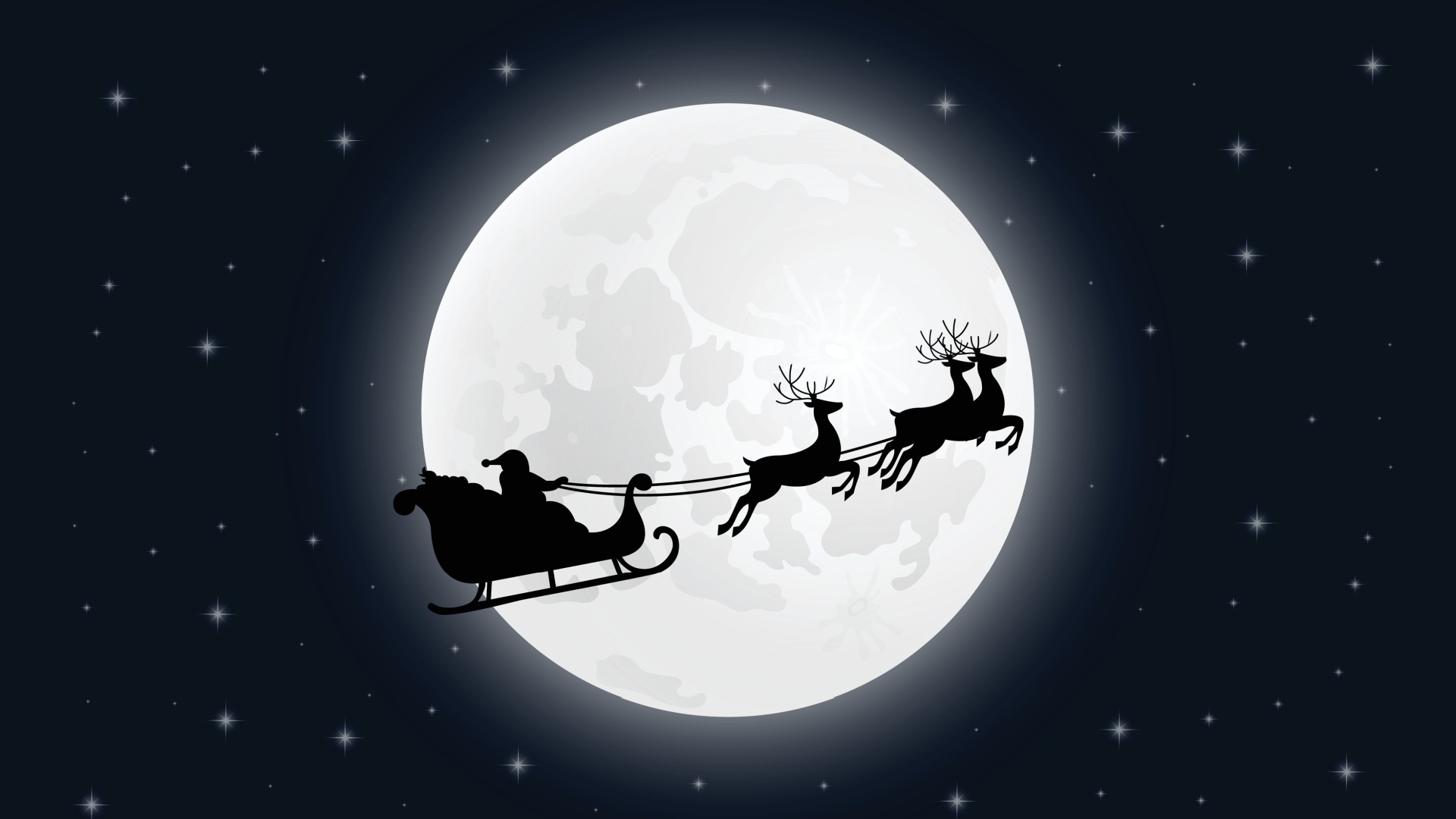 Test. Which New Year Archetype Are You?
Test. Which New Year Archetype Are You?
 Test. How Should You Spend the Winter Holidays?
Test. How Should You Spend the Winter Holidays?
